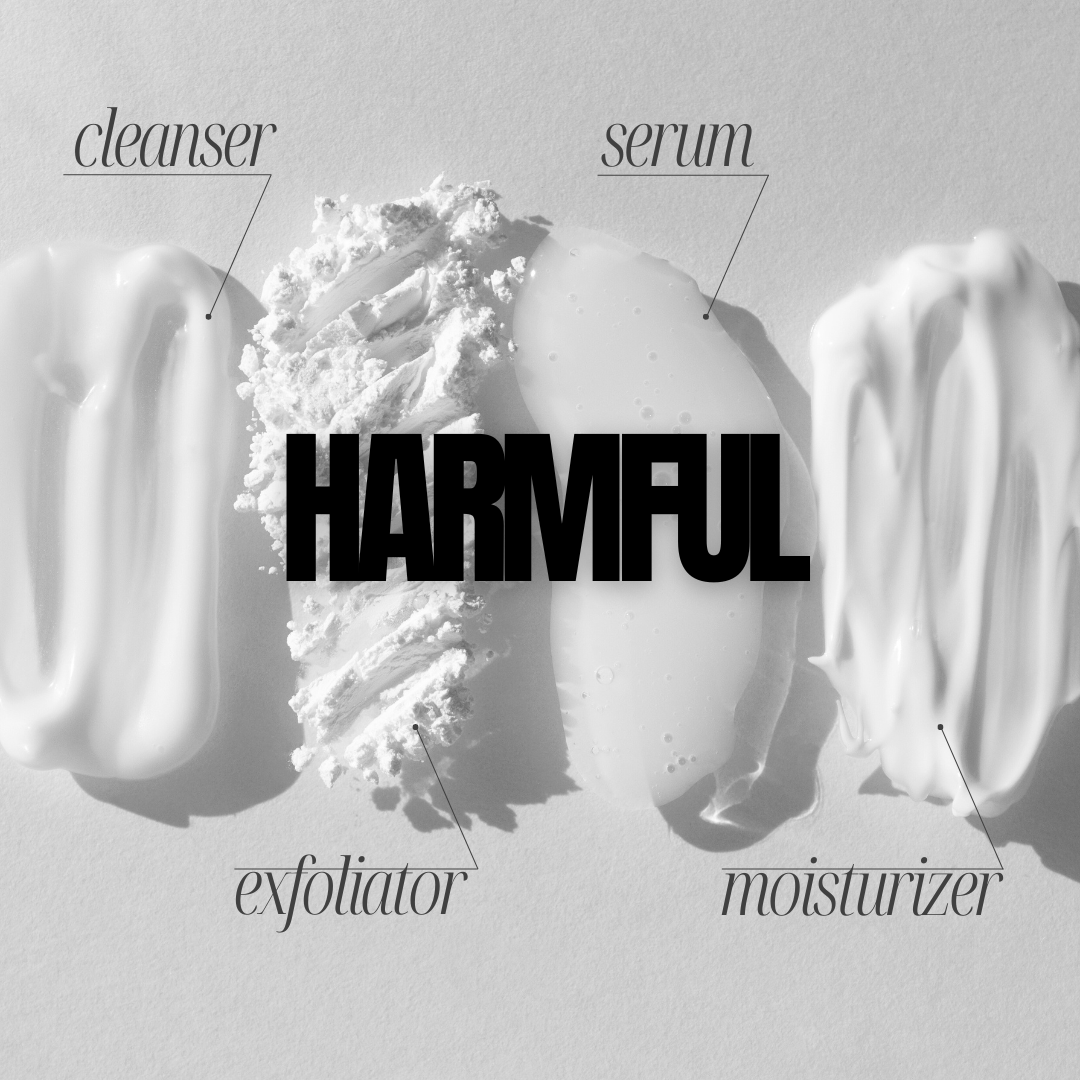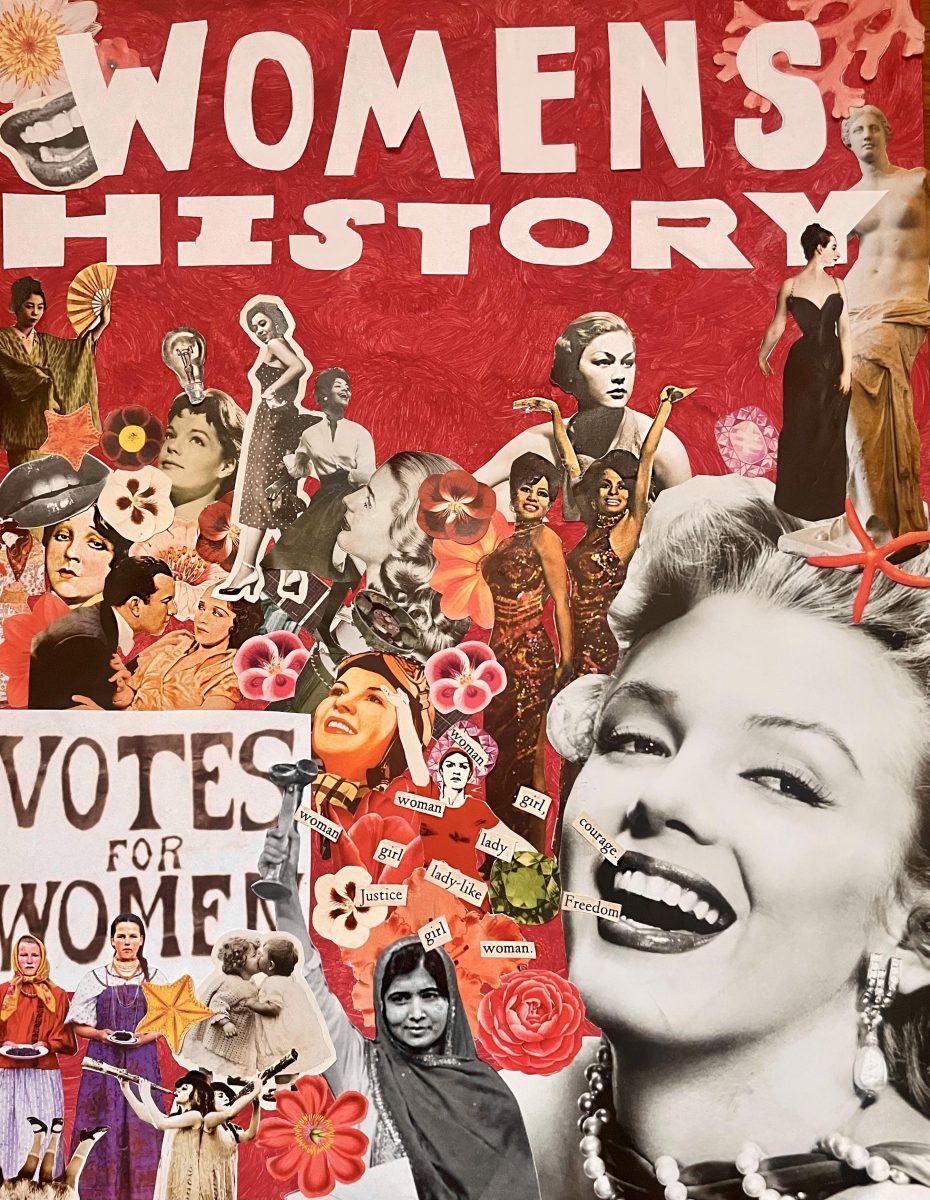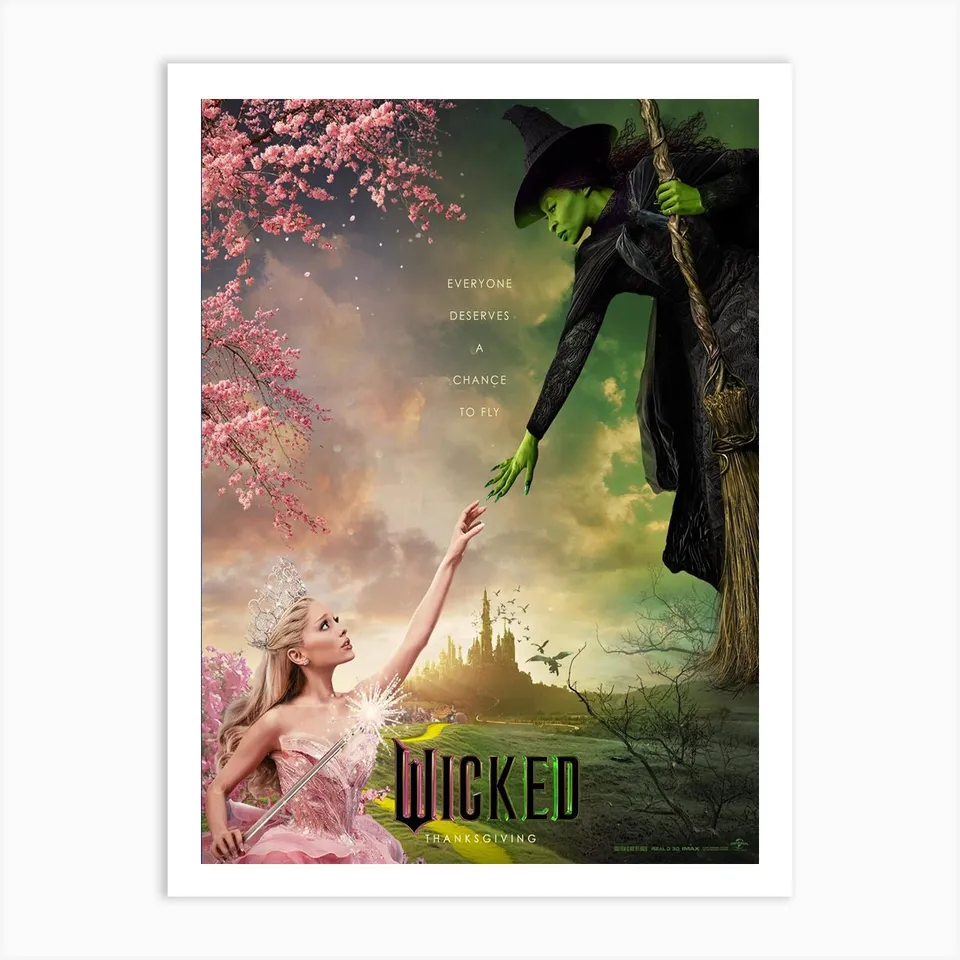Women’s History Month: An Overview
March we celebrate Women’s History Month. For centuries, there has been an imbalance of recognition and praise for the hard work that goes into supporting families, enduring unrealistic expectations, and leading the way for future generations. Today, we acknowledge that hard work by creating a month to appreciate all women and their contributions to our communities, families, history, and world. Here are just a few stories of women in areas they have shown constant triumphs over, and the impact they have left on society.
Women’s History and Rights
The fight for women’s rights was a lengthy and rigorous journey with countless highs and lows. While women have been fighting for justice and equal opportunity since the dawn of time, the concept known as the Women’s Rights Movement officially started in 1948. Many sources believe that the fight for equal rights began with a woman named Elizabeth Cady Stanton. Born to a wealthy slave owner father in 1815, Stanton learned at an early age that life as a woman was going to be difficult. Stanton, alongside her friend Suzan B. Anthony, led the Seneca Falls convention, a convention of women’s rights supporters. At the convention, a group of activists put together the Declaration of Sentiments, or a declaration of injustices women faced and changes to women’s freedom. Such changes included the highly controversial idea of giving women equal political rights
This convention led to more women joining the movement and beginning the journey to gender equality among all.
Women eventually started gaining more rights in the US over time, such as the right to vote in 1920 after the passing of the 19th Amendment. Women’s education has also drastically improved over the last hundred or so years. T However, the fight for women did not stop there. The reason these reforms were possible is because of the many brave people who made their voices heard. One example of a person who spoke up for the cause is Malala Yousafzai. Malala is a Pakistani woman and reformer of education. Faced with numerous accounts of violence and backlash, primarily from men, Malala continues to speak out today about the importance of women’s education and peace and justice for all.
Outside of education women face countless obstacles when it comes to simply existing as figures in the workplace, facing sexual harassment, unequal pay, catcalls, and generally being seen as less than men. According to AAUW.org, “34% of women say they have been sexually harassed by a colleague.” Such statistics caused an uprising of women through the Me Too movement, a movement advocating for those who have been impacted by sexual violence, with an emphasis on women of color. The phrase and hashtag MeToo is still a sign of hope and a call for solidarity among all victims of sexual violence.
Thanks to the strong minds and resilient hearts of many upstanders, we can now say that many women have a voice. It’s our responsibility that each one is heard. Let’s talk about a field where a voice for women is becoming increasingly important.
The Gap Between Men and Women in STEM
In a field of predominantly men, it has been challenging for women to pave the way for themselves in the field of STEM (Science, Technology, Engineering, Math). Opportunities for women to even work in the STEM world have only recently opened up in the 1970s and 1980s. Many scientists like Marie Curie had to work rigorously to provide themselves with an education, as women were historically denied one, especially an education in an area where men dominated. For this reason, there are countless gaps and inequalities when it comes to women working in STEM. Proving the gap between genders, AAUW.org tells us, “Only 21% of engineering majors and 19% of computer science majors are women” and Pewresearch.org states “Women with college degrees in computers and engineering are less likely than men to be working in those jobs”
Why is this the case? Well for one, men who work in STEM average $15000 more than women in the field annually, regardless of race. Professionalprograms.mit.edu gives us multiple examples of the roadblocks for women in STEM. Such examples include stereotypes, lack of role models for women, unconscious bias, and work-life imbalance.
How do we solve this issue of the gap between men and women and provide a future where careers and pay are equal for everyone? Simply put, we must break the stereotype that science and math are for boys only, especially for children going through critical developmental years. This issue is not only one of concern because of morals, but also will begin to affect our society economically. As the previous source puts it, “This disparity is concerning, as it leads to a lack of diversity and inclusion, and ultimately limits the potential of the STEM industry…Closing the gender gap will bolster sustainable tech-enabled growth and innovation and is also deemed an economic necessity.” Though STEM is not the only place where ideas need to be shared and minds need to be voiced. Let’s move to another topic; one of much more colorful history.
Women in Art
Historically, there hasn’t been a set path for pursuing a career in the arts, even more so for women in the industry. Many creatives struggle through poverty trying to build a career for themselves, taking hate and discrimination every day. Women like Joanna Koerten paved the way for visual artists using unique paper-cutting techniques to create beautiful landscapes. Due to the mediums she worked with and because many famous artists were men in her time, (17th century) she was never praised for her work. Many saw it as “amateur” rather than “fine art” Today, we can admire the delicate nature of the objects she put in her pieces, which are trimmed to a thin spiderweb. Many objects were not solid; instead, hundreds of small horizontal incisions provided the appearance of shadowing. Koerten was truly ahead of her time. Looking back on her art, she could have been compared to Michelangelo, if it weren’t for history turning a blind eye to women in the industry. Today, we recognize many women who have important roles in art. With the many successful careers of women in various corners of the art world, like Taylor Swift in music or Zendeya in the movie industry, and even directors and writers like Greta Gerwig, women have proved they can rise to the top of their field when given the opportunity.
Women Today
Today, women’s accomplishments are far more recognized than before. There is much more of a universal mindset that says women can be bosses, scientists, leaders, etc… Compared to, say, the 1940s when women were seen as housewives or accessories for their husbands, we have come a long way. But there is always a downside to reformations.
Even with all of the changes made to level the playing field for men and women, criticism continues to persist. Now that an independent or “don’t need no man” mindset is trending, aspiring to be a stay-at-home mother is perceived as a sign of weakness, or “negates the rights that women have struggled for historically.” On the other hand, if one decides to pursue herself or be liberated from traditional gender roles, they are perceived as “a radical feminist.” Many still feel as though representation is inadequate for women in multiple areas like sports, politics, and medicine.
Pressures, stereotypes, and a long history of setbacks have made life for women a hardship. Thanks to the persevering upstanders of the past who paved the way for women, today we can say that there are many female idols for young girls to look up to. Like the stories listed above, all advancements in history require lots of struggle. Just because amazing women have moved mountains, that does not mean that there are not more hills to climb. As a society, we must remove ourselves from harmful ideologies that we have been desensitized to for so long. Lets make our world a safe and welcoming place for future Joanna Koertens, Suzan B. Anthonys, and Malala Yousafzais, because only way we can make our world an equal place for one, we must accept all.















